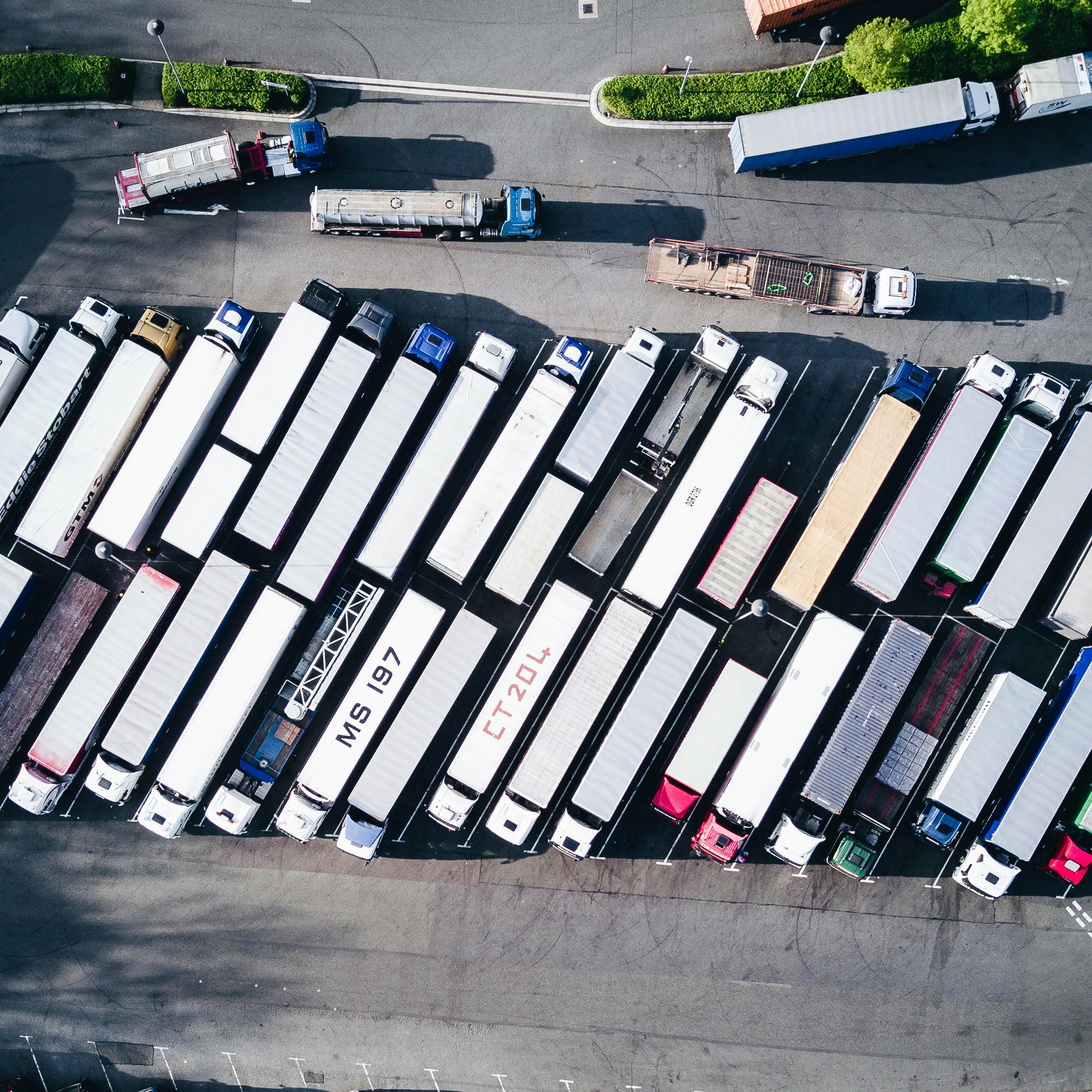
From optimising traffic patterns to revolutionising public transport efficiency, artificial intelligence (AI) is key to unlocking a future where sustainability and mobility seamlessly converge. By making transport systems smarter, cleaner, and more efficient, AI is helping cities reduce emissions while improving how people and goods move.
Smarter Traffic Management: Cutting Congestion and Emissions
Traffic jams waste time, fuel, and money. AI-powered traffic management systems are changing this by:
Collecting and analysing real-time traffic data.
Adjusting traffic light timings to ease bottlenecks.
Suggesting alternative routes to reduce delays.
This reduces the amount of time vehicles spend idling, cutting both fuel use and carbon emissions. By prioritising buses, bicycles, and emergency vehicles, these systems also encourage more sustainable ways of travelling.
Public Transport Powered by AI
Public transport is one of the most efficient ways to move people, and AI is making it even better. AI tools can:
Optimise routes and schedules.
Predict passenger demand and adjust services.
Reduce waiting times through real-time updates.
For passengers, AI offers personalised features such as dynamic pricing, accessibility tools, and tailored travel recommendations. These improvements make buses, trams, and trains more attractive compared with private cars, easing congestion and lowering emissions.
Greener Roads with Autonomous Vehicles
Self-driving vehicles are another example of how AI is reshaping mobility. By maintaining steady speeds, choosing efficient routes, and avoiding unnecessary braking or acceleration, autonomous vehicles can reduce fuel consumption and greenhouse gas emissions.
They can also communicate with each other to smooth traffic flow, cutting congestion further. Combined with shared mobility services, autonomous vehicles could reduce the number of cars on the road altogether, supporting a cleaner transport system.
Data-Driven Urban Planning
AI doesn’t just improve vehicles—it also helps design better cities. Using real-time data on traffic, air quality, and energy use, city planners can:
Improve public transport routes.
Build safer cycling lanes and pedestrian pathways.
Target hotspots of pollution with tailored solutions.
This approach helps cities reduce car dependency and create more sustainable, low-carbon environments.
AI in Logistics: Cleaner Freight and Supply Chains
Transporting goods is a major source of emissions, but AI is making freight greener. With machine learning and predictive analytics, logistics companies can:
Plan more efficient routes.
Improve vehicle loading.
Consolidate shipments to reduce trips.
AI can also predict maintenance needs, cutting downtime and fuel waste. By making supply chains more efficient and transparent, AI is helping businesses reduce costs while shrinking their carbon footprint.
The Road Ahead for Low-Carbon Mobility
AI and smart technologies are not just upgrades—they are transforming the foundations of mobility. In the future, we can expect:
Autonomous vehicles operating on a large scale.
AI tools promoting multimodal transport, combining public transit, cycling, and walking.
Smart infrastructure linking data across entire cities.
By embracing AI, societies can move towards transport systems that are efficient, accessible, and environmentally responsible.
Link to original reference; https://www.innovationnewsnetwork.com/the-role-of-ai-and-smart-technology-in-sustainable-transport/56412/



